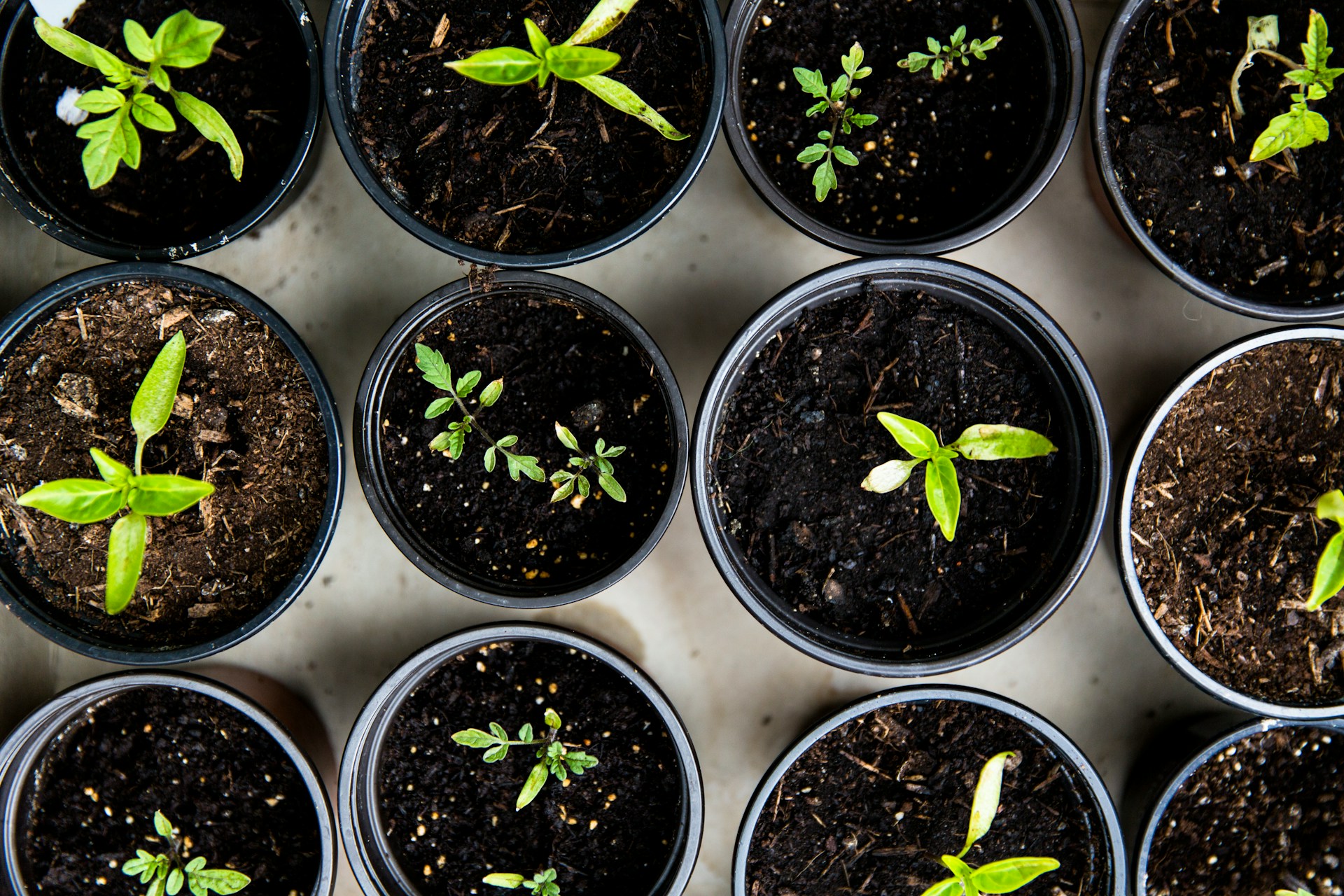Succeeding in your balcony vegetable garden

Growing your own vegetables can be a rewarding endeavor, and a balcony garden is an excellent way for those with small spaces to participate in the trend. With the correct planning and care, your small outdoor area can become a green oasis, supplying you with fresh, organic produce right at your doorstep. This article will provide you with a guide on how to succeed in your balcony vegetable garden.
Choose the Right Containers
Before you start planting, one of the first things you’ll need to consider is the type of containers you’ll use. Choosing the right pot for your vegetables can make a significant difference in their growth and overall health.
Dans le meme genre : How to choose the right mattress
Choosing the right size is essential. Small pots may not provide enough space for the root system of your plants, while overly large pots might make it difficult for the soil to dry out properly, leading to root rot. As a rule of thumb, the pot should be at least 6 inches deep for most vegetables.
The material of the pot also matters. Plastic pots are lightweight, inexpensive, and retain moisture well, but they can overheat in hot weather, damaging the roots. Clay or terracotta pots are more breathable, but they can dry out quickly and are heavier. Metal pots can also heat up quickly, so they’re not ideal for hot climates.
A lire aussi : How to renovate an old house on a budget
Select Suitable Vegetables
Not all vegetables are suited for balcony gardening, so it’s important to carefully select the plants that will thrive in your space.
Leafy greens, like lettuce and spinach, are excellent choices because they don’t require a lot of space or sun. They also grow quickly, so you can harvest them several times throughout the growing season.
Herbs are another good option. Many herbs, like basil, rosemary, and thyme, do well in small pots and don’t require a lot of care. They can also be used in a variety of dishes, making them a versatile addition to your garden.
Tomatoes, peppers, and eggplants can also grow well in larger pots on a balcony. These plants will need more sunlight, so make sure to place them in a sunny spot.
Provide Adequate Sunlight
Sunlight is one of the most crucial elements for a successful vegetable garden. Most vegetables require at least six hours of bright light each day.
If your balcony doesn’t get much sun, don’t despair. There are shade-tolerant vegetables you can grow, like lettuce, spinach, and kale.
If your balcony receives a lot of sunlight, you’ll have a wider choice of vegetables, but you’ll have to make sure they don’t overheat. Mulch can be used to keep the soil cool and preserve moisture.
Watering Your Plants
Watering is another crucial aspect of balcony gardening. Balcony plants usually need more frequent watering than ground plants, especially during hot weather.
Water your plants in the morning or the evening when the temperature is cooler. This will prevent the water from evaporating too quickly. Make sure to water the soil, not the leaves, to prevent fungal diseases.
Monitor the soil moisture regularly. It should be damp, but not waterlogged. If the soil is dry below the surface, it’s time to water. If it’s wet, wait until it dries out before watering again.
Proper Feeding and Care
Feeding your plants is just as important as watering them. Most vegetables need a lot of nutrients to grow well.
Use organic fertilizers to provide your plants with the nutrients they need. These can be liquid or granular, but make sure to follow the package instructions carefully to avoid over-fertilizing.
Regularly check your plants for signs of pests and diseases. If you notice any problems, act quickly to resolve them. There are many natural remedies available, like neem oil for pests or baking soda for fungal diseases.
In conclusion, succeeding in your balcony vegetable garden requires careful planning and regular care. By choosing the right containers and vegetables, providing adequate sunlight and water, and feeding your plants properly, you can enjoy a bountiful harvest from your small space.
Planning and Maintaining Your Garden Layout
The physical arrangement of your balcony garden has a substantial impact on the success of your vegetables. In particular, your garden layout should take into account the size and growth habits of your plants, sunlight exposure, and ease of maintenance.
Plants with similar sunlight and watering needs should be grouped together. This makes it easier to care for them and ensures that all plants get the right amount of sunlight and moisture. For instance, leafy greens that thrive in partial shade could be clustered together, while sun-loving tomatoes and peppers can share another part of your balcony.
In addition to grouping plants based on their needs, pay attention to their growth habits. Climbing plants like beans or cucumbers can be trained to grow vertically, saving valuable space on your balcony. However, they should be positioned so that they do not overshadow smaller plants.
Another factor to consider is the ease of maintenance. Arrange your pots in a way that allows you easy access for watering, feeding, and checking for pests. If you have a lot of pots, consider using a plant stand or shelving unit to maximize your vertical space. This will also allow you to place the pots at a comfortable height for gardening.
Remember that your balcony garden is not only a source of fresh vegetables but also an outdoor living space. Therefore, strive to create an aesthetically pleasing arrangement that invites you to spend time tending to your plants and enjoying the fruits of your labor.
Harvesting and Storing Your Vegetables
Successfully caring for your balcony vegetable garden culminates in the rewarding process of harvesting and storing your produce. The timing and method of harvest vary depending on the type of vegetable, but there are some general rules to follow.
Most vegetables taste best when they are fully mature but not yet overripe. For leafy greens, you can start harvesting as soon as the leaves are large enough to eat. Usually, you can pick a few leaves from each plant, leaving the rest to continue growing.
For tomatoes, peppers, and eggplants, wait until the fruits are the right color and easily detach from the plant. Herbs can be harvested throughout their growing season, but they are most flavorful just before they start to flower.
Once harvested, most vegetables should be consumed quickly for the best flavor and nutritional value. However, some can be stored for later use. For example, herbs can be dried or frozen, and tomatoes can be canned. Just remember that the quality of stored vegetables will never be quite as good as when they are fresh.
In Conclusion
Cultivating a successful balcony vegetable garden is a fulfilling process that combines the joy of gardening with the satisfaction of producing your own food. It requires careful planning, regular care, and a bit of creativity in managing a small space. But the effort is worth it when you can harvest and enjoy your own fresh, organic vegetables. Whether you’re a seasoned gardener or a complete beginner, a balcony garden is an excellent way to bring nature into your urban living space and contribute to a more sustainable lifestyle.
